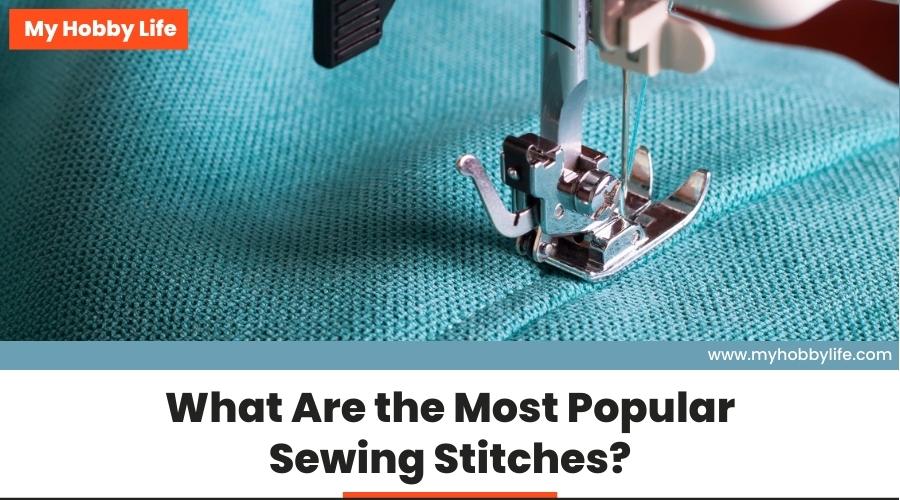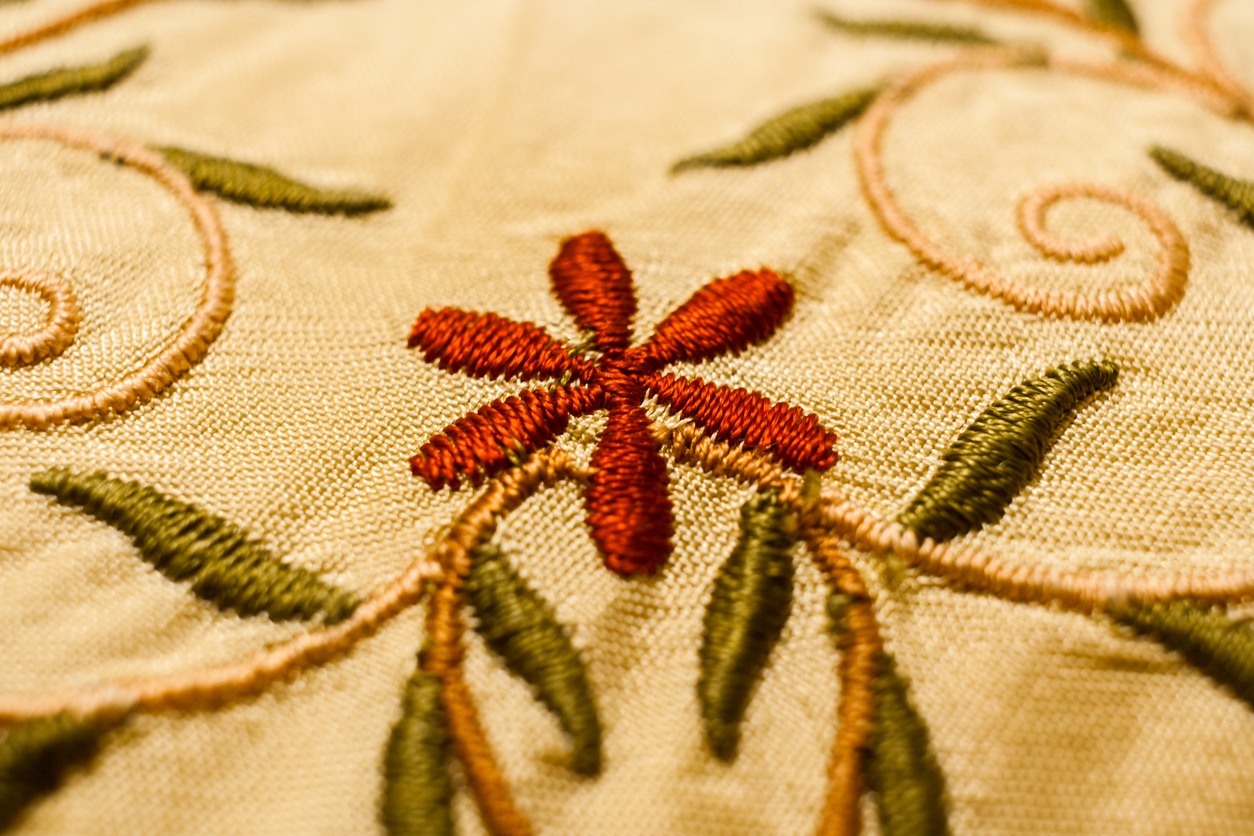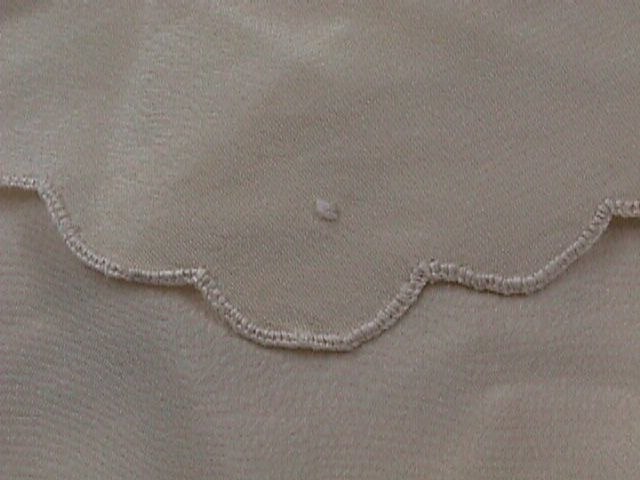One of the greatest inventions that humans have invented is the sewing machine. It takes away much of the workload and makes sewing faster, easier, and more convenient. It can even be more fun. The efficiency of the sewing machine leads to more productive sewing, and you can make as many sewing projects as you like with this nifty device.
If you are a beginner and do not know anything about stitching except hemming, sewing machines are there for you with their beginner’s range. A mechanical sewing machine is an excellent start to learning the stitching basics. If you plan on honing your skills by sewing for the entire household or cute little outfits for your fur babies, an electronic or computerized sewing machine offers a more advanced stitching range.
Computerized sewing machines from reputable brands like Singer, Brother, Juki, and Janome have built-in stitches that will make the sewing experience much easier. If you want to know which sewing machine brands and models are suitable for your needs, you can read our Guide to Selecting a Sewing Machine.
As a beginner, it can be overwhelming when trying to know and understand all the different types of stitches on a sewing machine and what are their appropriate uses. You may wonder how many stitches does a sewing machine make?
There are 12 stitch types that a basic home sewing machine can provide, so there are a lot of types to choose from. But it also depends on the model; some have more decorative stitching options. But let’s go to the basic stitches first.
1. Straight stitch
A straight stitch is the most basic one, mainly used for joining two pieces of fabric together. It is also utilized in reverse for securing the ends of the two joined pieces. Every sewing machine has the capability for such a stitch. Of course, the more modern models also have this type of stitch.
This stitch has various applications. By lining up the edges of the two fabrics you need to sew together, you can adjust the needle and do a straight stitch, leaving a little room on the side. This is called stitching a seam. You can also use a straight stitch for topstitching. As the name suggests, this stitch is done on the front side of the garment.
2. Backstitch
Also called the triple-straight stitch or stretch stitch, the backstitch goes one stitch back and two stitches forward, creating a stronger seam. Backstitches are used for armholes, crotch seams, and stretch fabrics without snapping off.
3. Feather stitch
Combined with numerous other types of stitches, the feather stitch is also a built-in stitch in many computerized sewing machines. It is widely used for decorative purposes. Most modern sewing machine models also come with a stabilizer to keep the cloth in place while sewing.
4. Zigzag stitch
This is also one of the most versatile stitches that any sewing machine offers. A zigzag stitch is mostly used for finishing purposes. It is also used for applique, bar tack, and satin stitching. This type of stitch is popular for giving the seams a finished look. It also prevents the hemmed fabric from revealing its raw edges.
Do you have a pair of cute little bunny ears to attach to your little one’s onesie? The zigzag stitch always comes to the rescue. It is used to do a satin stitch to attach the applique to the cloth. This is quite an extensive stitch, and mastering applique using this stitch might take some time for beginners to practice.
5. Multi-stitch zigzag
A multi-stitch zigzag prevents seams from breaking themselves open and revealing the fabric’s uneven edges. In addition, the multi-stitch zigzag is used for putting elastic insertions in place.
If you have ripped your favorite pair of jeans, then a sewing machine’s multi-stitch zigzag can come to the rescue. With three stitches to put together the ripped pieces of cloth securely in place, this type of stitch is quite useful. Another benefit of using this type of stitch is creating decorative patterns.
6. Blind hem stitch
A blind hem stitch is included as a built-in stitch in many modern sewing machine models. The popularity of this type of stitch is mainly attributed to its invisibility in hems, making it perfect for hemming skirts, curtains, trousers, and dresses. It is mostly suitable for sewing woven fabrics.
Furthermore, this stitch has various applications, including appliques. What could be better than attaching an applique and making the sewing lines disappear? The blind hem stitch is ideal for beautiful appliques.
7. Picot hem stitch
This scalloped hem looks stunning on jersey knits. It is perfect for decorative stitching. You can stitch this type using various threads like rayon, metallic, or an all-purpose one.
8. Satin stitch
Satin stitch is mostly used in embroidery to fill the design. It is also used in appliques, monograms, letters, and finish edges.
9. Honeycomb stitch
The honeycomb stitch is popular for creating stellar decorative pieces of garments, smocking, and sewing of elastic. The insertion of elastic material using a honeycomb stitch is highly recommended for keeping the elastic and the garment in place. While sewing, this stitch helps stabilize the elastic.
10. Vine stitch
True to its name, the vine stitch resembles two pretty leaves attached to the stem. Many computerized sewing machines offer this type of stitch. The vine stitch is perfect for everything, whether it is an embroidery project you’re working on or everyday clothing. It elevates the overall style and look of the cloth.
11. Scallop stitch
The scallop stitch is widely used for creating various embellishments. You can use the scallop stitch alone or with other decorative stitches offered by most modern sewing machines like Singer. This type of stitch will incorporate style into your sewing projects. If you cut off the edges in shape after hemming the corners with the scallop stitch, the finished look will give off a professional touch to your clothing. You can use this stitch for hemming skirts and dresses.
12. Bridging stitch
This popular stitch is mostly used in a single row to create the most stunning pieces of embellishments. Stitch it right above the hemline to create unique, stylish patterns on your garments. The bridging stitch is also used for joining two pieces of fabric together, giving off a stylish look.
Final word
No art is complex – it just requires an aptitude for learning and the absolute will to master the art. Once you have the motivation in you, you can find yourself working towards broadening the horizon of your knowledge more and more.


